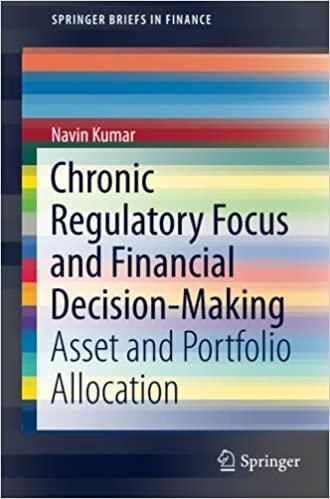Answered step by step
Verified Expert Solution
Question
1 Approved Answer
I'm currently doing part (B) and cannot seem to understand why in the solutions the risk neutral probability is calculated by (25.69)(q) + (3)(1-q) =
I'm currently doing part (B) and cannot seem to understand why in the solutions the risk neutral probability is calculated by (25.69)(q) + (3)(1-q) = 10.1
should it not be equal to 1.01 (risk free return) rather than 10.1?
also, since this is not a binomial situation, will there be two different risk neutral probabilities at each year since the probabilities of an increase/decrease will change?
Many thanks!!

Step by Step Solution
There are 3 Steps involved in it
Step: 1

Get Instant Access to Expert-Tailored Solutions
See step-by-step solutions with expert insights and AI powered tools for academic success
Step: 2

Step: 3

Ace Your Homework with AI
Get the answers you need in no time with our AI-driven, step-by-step assistance
Get Started


